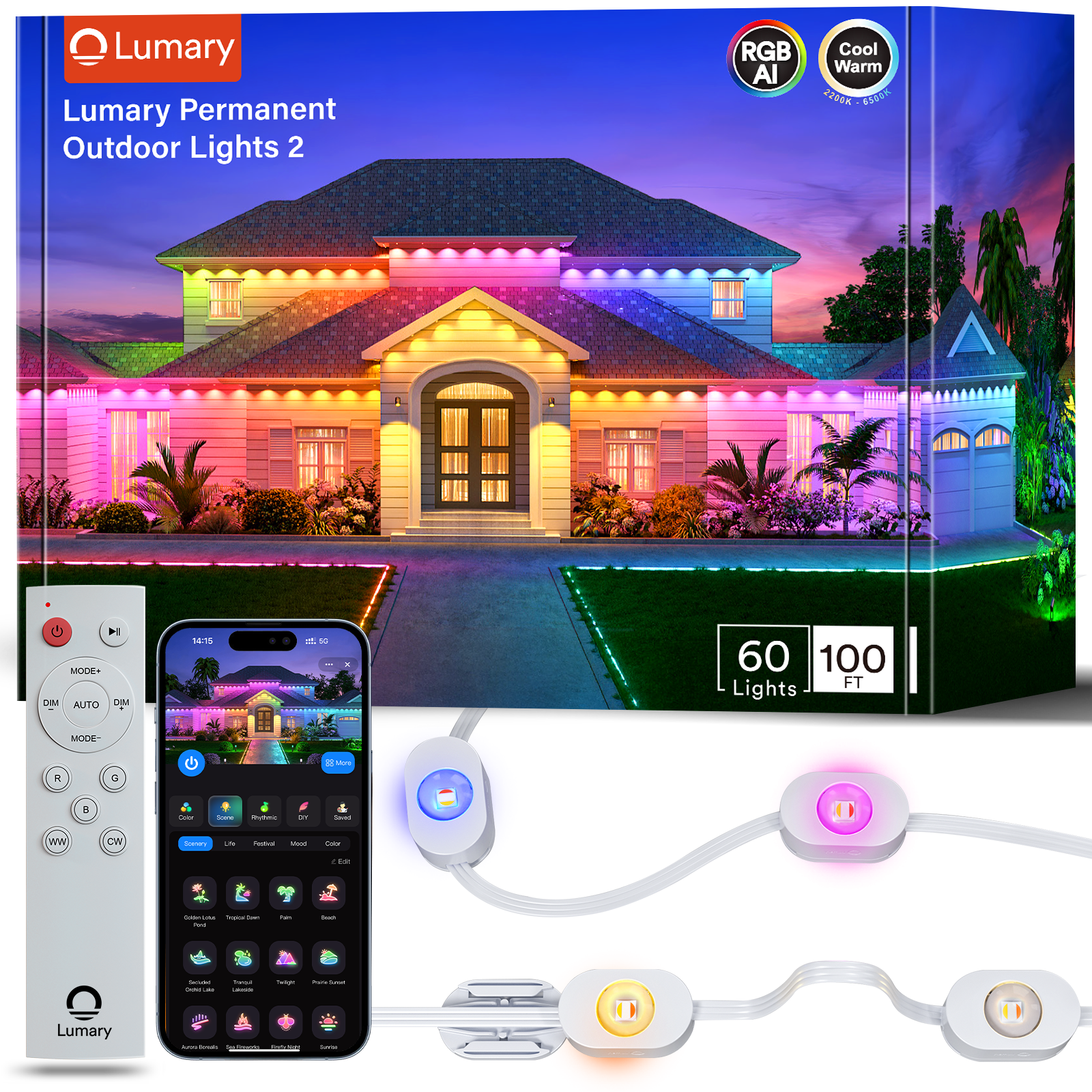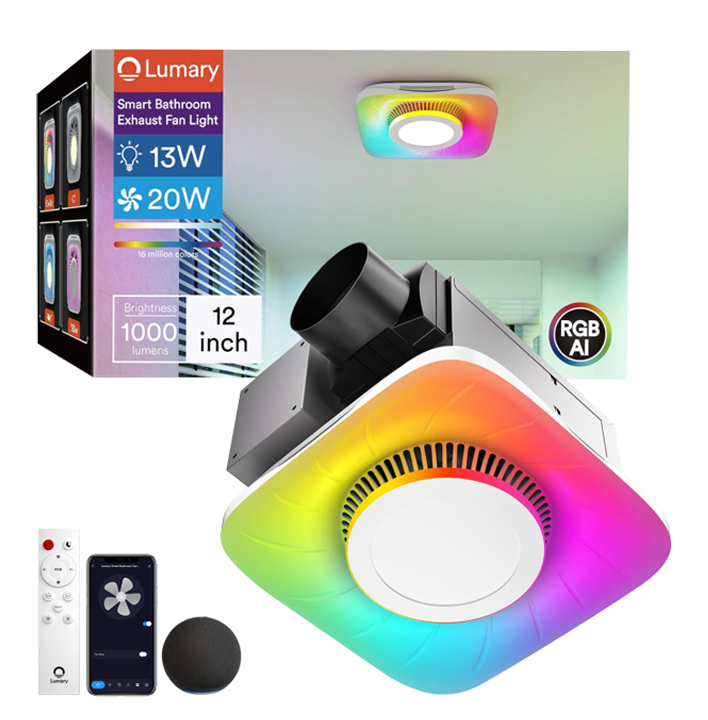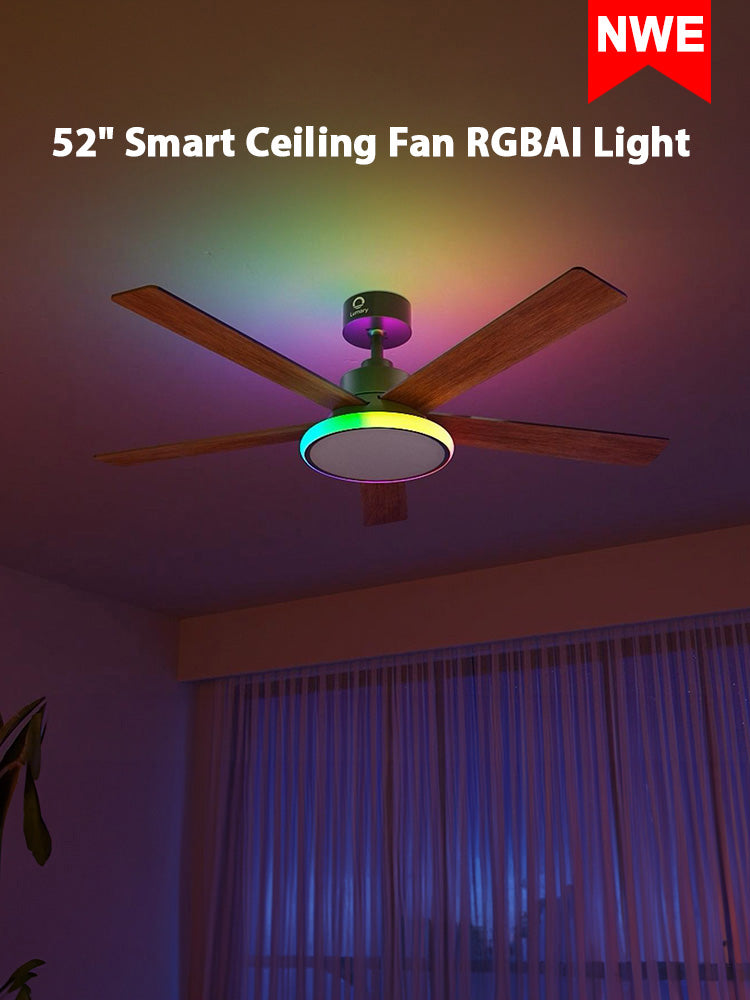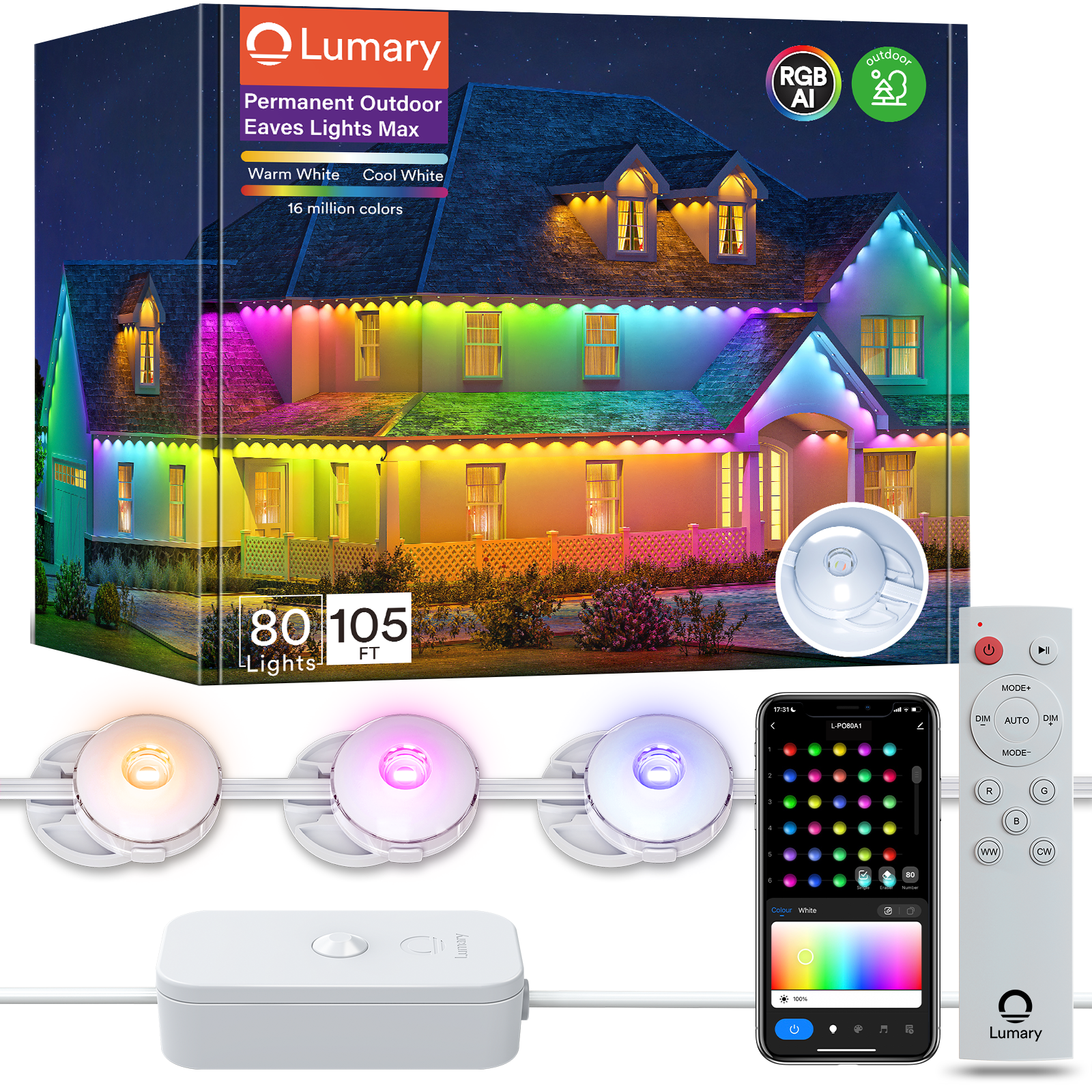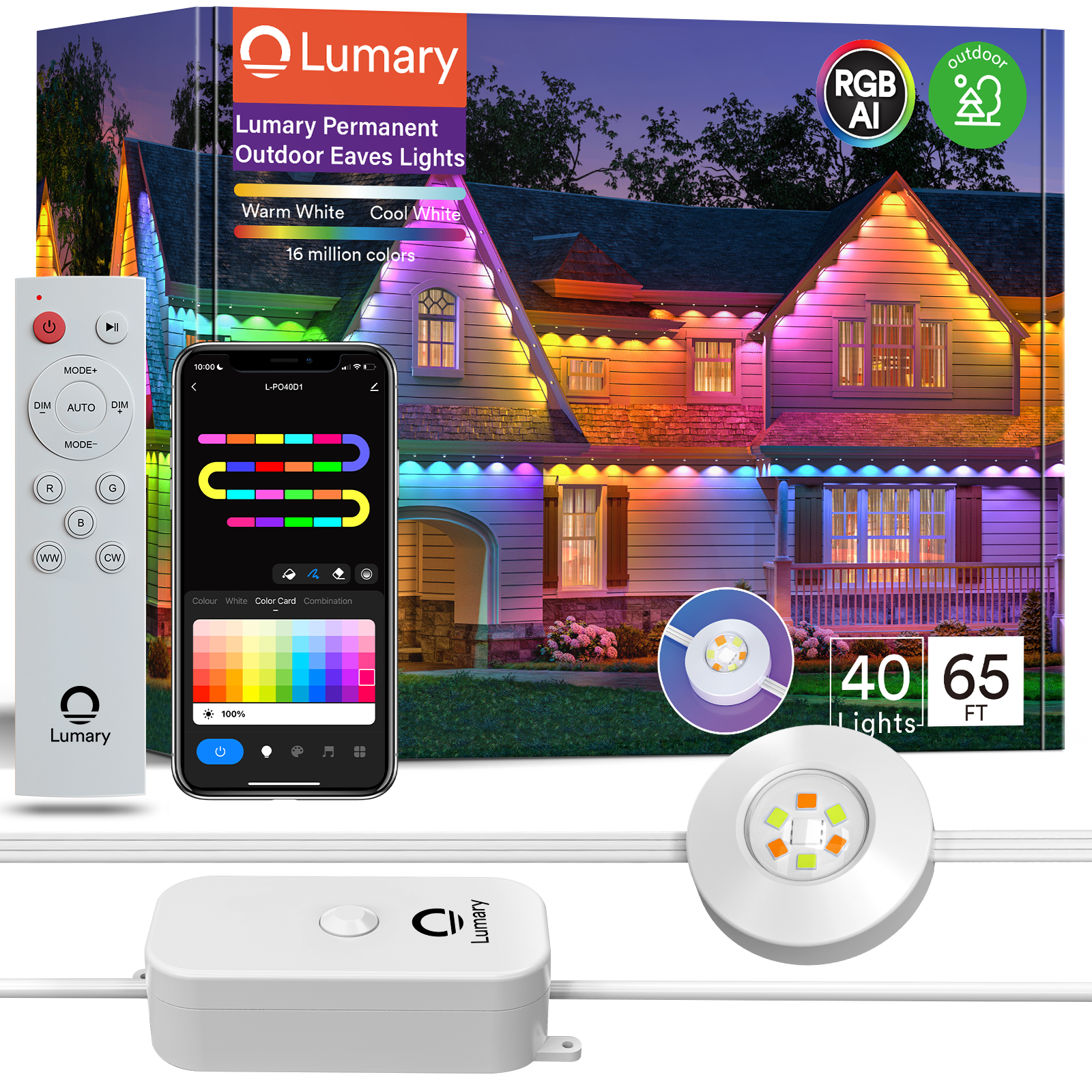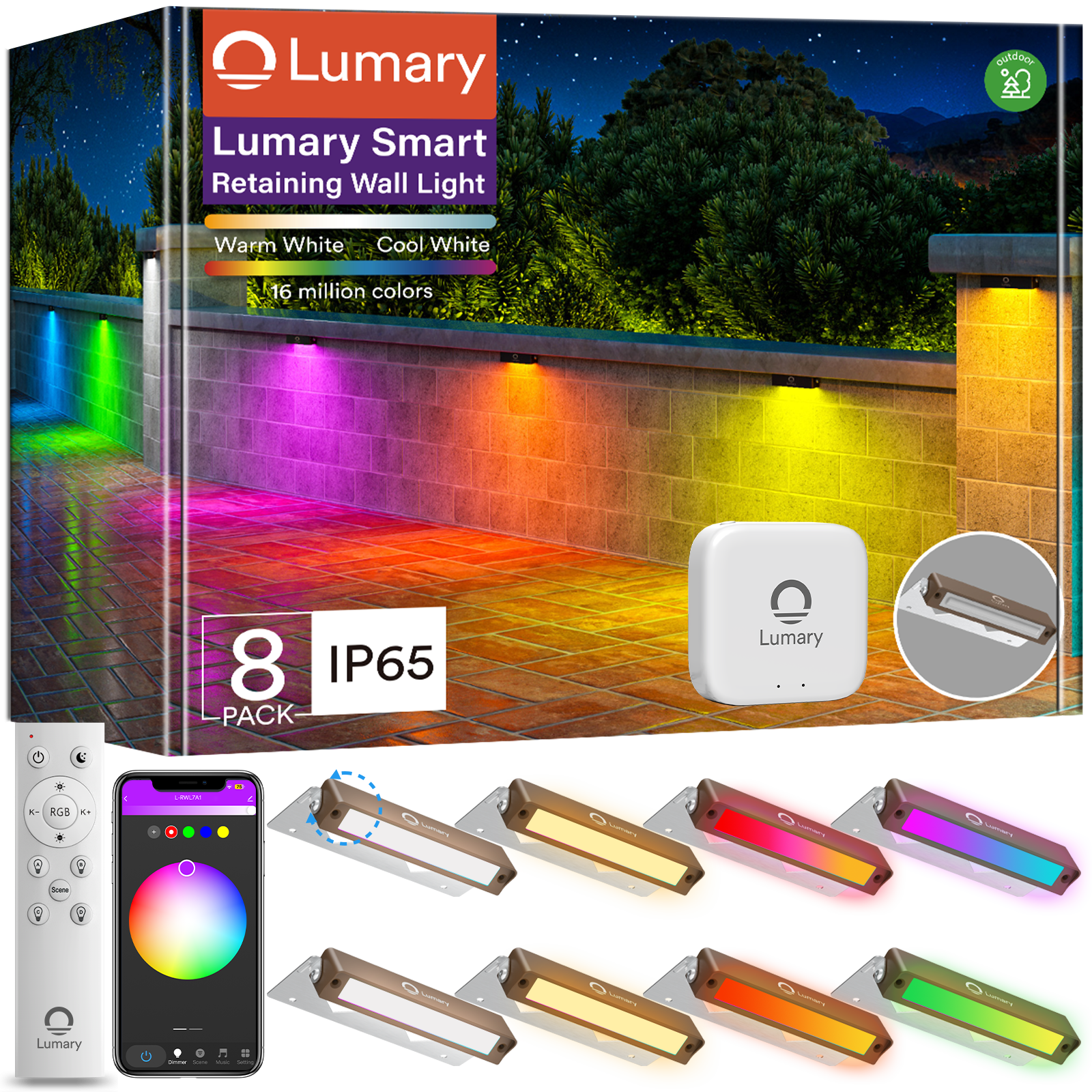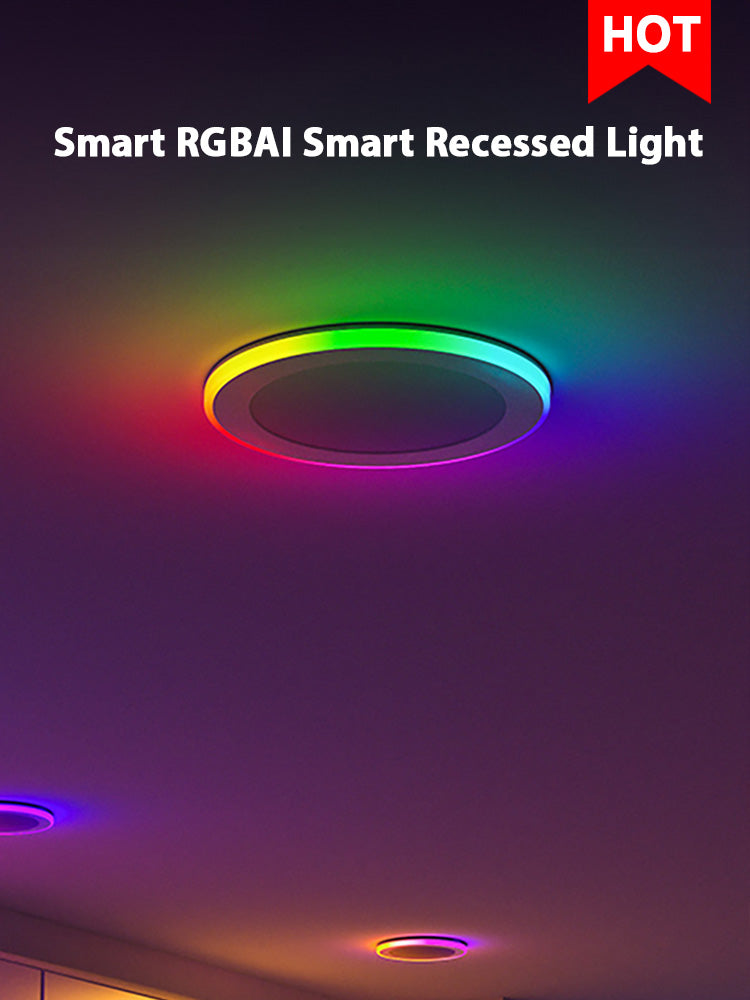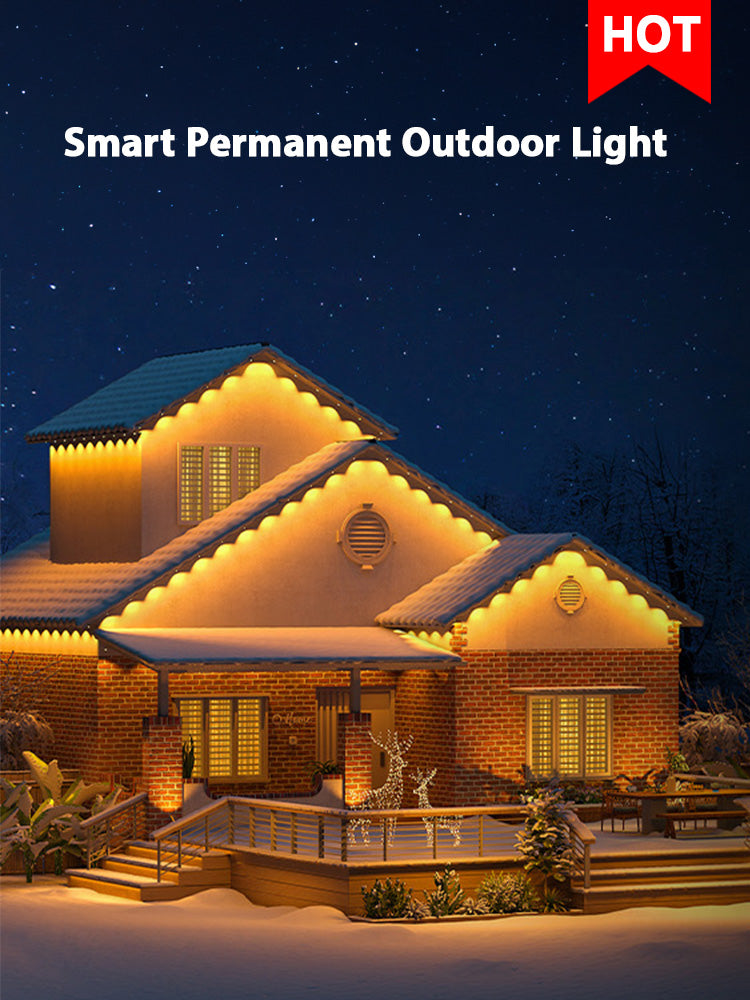LED light strips offer a fun way to brighten up any space. These strips provide flexibility and energy efficiency. You can use them to create ambiance in a room or highlight specific areas. Proper installation ensures the best performance from your LED light strips. Incorrect setup can lead to issues like flickering or uneven lighting. Following a step-by-step guide helps you achieve a perfect installation. Ready to transform your space with LED light strips? Let's dive in!
Planning and Preparation

Planning and preparation set the stage for a successful LED light strips installation. You need to determine the length of LED light strips needed and plan the layout. This step ensures you have everything ready before starting the installation.
Determining the Length of LED Light Strips Needed
Measuring the Installation Area
Start by measuring the area where you want to install the LED light strips. Use a tape measure for accuracy. Measure each section carefully. Write down the measurements. This information helps you know how much LED light strip you need.
Calculating the Required Length
Add up all the measurements from the installation area. This total gives you the required length of LED light strips. Always buy a little extra. Extra length covers any mistakes or adjustments. Having enough LED light strips avoids interruptions during installation.
Planning the Layout
Identifying Power Source Location
Find the nearest power outlet for your LED light strips. The power source location affects the layout. Make sure the power source is accessible. Avoid using extension cords if possible. A nearby power source makes the setup easier and safer.
Mapping Out the Strip Path
Decide the path for your LED light strips. Visualize where you want the lights to go. Mark the path with a pencil or tape. This step helps you see the final look before installing. A clear path prevents mistakes and ensures even lighting.
Installation Process
Now comes the exciting part—installing your LED light strips! This process involves cutting and attaching the strips to your chosen surface. Let's break it down step by step.
Cutting the LED Light Strips
Cutting LED light strips might sound tricky, but it's pretty straightforward. You'll need a few tools and some patience.
Tools Required for Cutting
Grab a pair of sharp scissors or a utility knife. These tools will help you make clean cuts. Make sure the tools are in good condition. Dull tools can damage the LED light strips. A ruler or measuring tape will also come in handy for accuracy.
Ensuring Proper Cut Points
LED light strips have specific cut points. Look for the marked lines on the strips. These lines show where you can safely cut. Cutting outside these lines can damage the strips. Always double-check before making any cuts. Precise cuts ensure the strips work correctly.
Attaching the LED Light Strips
Attaching the LED light strips is where the magic happens. Follow these steps to get a smooth installation.
Peeling the Adhesive Backing
Start by peeling off the adhesive backing. Do this slowly to avoid tearing the strip. The adhesive helps the LED light strips stick to the surface. Make sure the surface is clean and dry. A clean surface ensures better adhesion.
Pressing the Strip onto the Surface
Press the LED light strips firmly onto the surface. Hold each section for a few seconds. This step ensures the strips stay in place. Work in small sections for the best results. A steady hand helps achieve a neat finish. Once attached, step back and admire your work!
Addressing Potential Challenges
LED light strips can sometimes present challenges during installation. Don't worry, though. You can tackle these issues with a bit of knowledge and preparation. Let's explore some common challenges and how to address them.
Connecting Multiple LED Light Strips
Sometimes, one strip isn't enough for your project. You might need to connect multiple LED light strips to cover a larger area. Here's how you can do it smoothly.
Using Connectors
Connectors make joining LED light strips easy. These handy tools let you link strips without soldering. Just slide the ends of the strips into the connector. Ensure a snug fit to prevent any gaps. Connectors come in various types, so choose one that matches your strip's design.
Ensuring Electrical Continuity
Electrical continuity ensures all connected strips light up evenly. Check each connection point for a secure fit. Loose connections can cause flickering or non-working sections. A quick test before finalizing the setup can save time. Make sure every part of the LED light strips receives power.
Ensuring a Compatible Power Supply
A compatible power supply is crucial for LED light strips. The wrong power source can damage the strips or reduce their lifespan. Let's see how to pick the right one.
Checking Voltage and Wattage
Voltage and wattage must match the LED light strips' requirements. Check the strip's specifications for these details. Use a multimeter if needed to verify the power supply's output. Mismatched voltage or wattage can lead to overheating or dim lighting.
Selecting the Right Power Adapter
Power adapters convert electricity to a usable form for LED light strips. Choose an adapter that meets the strip's voltage and wattage needs. Look for adapters with built-in safety features like surge protection. A reliable adapter ensures consistent performance and protects your investment.
Troubleshooting Tips and Safety Advice

Common Installation Issues
Troubleshooting Non-Working Strips
Encountering non-working LED strips can feel frustrating. Start by checking the connections. Ensure each connector fits snugly. Loose connections often cause problems. Verify that the power supply functions properly. A faulty adapter might prevent the strips from lighting up. If everything seems fine, inspect the cut points. Incorrect cuts can disrupt the electrical flow. Always double-check these areas for any mistakes.
Fixing Flickering Lights
Flickering lights can ruin the ambiance. First, examine the power source. Inconsistent power can lead to flickering. Make sure the voltage matches the strip's requirements. Inspect the connections next. Loose or damaged connectors often cause flickering. Tighten any loose connections. Replace any damaged parts. Sometimes, the issue lies in the strip itself. Consider replacing the strip if flickering persists.
Safety Precautions
Avoiding Overloading Circuits
Overloading circuits poses a risk. Calculate the total wattage of the LED strips. Compare this with the circuit's capacity. Exceeding the limit can cause overheating. Use a separate circuit if necessary. This step ensures safety and prevents potential hazards. Always prioritize safety over convenience.
Consulting an Electrician if Needed
Complex installations may require professional help. Don't hesitate to consult an electrician. An expert ensures everything meets safety standards. Electrical work involves risks. A professional can handle these challenges safely. Peace of mind comes from knowing the setup is secure.
You completed the LED light strip installation. The process involved planning, cutting, and attaching the strips. Each step ensured a smooth setup. Now, enjoy the vibrant new lighting in your space. The ambiance will transform your room into something special. Feel free to share your experience with others. Questions or feedback are always welcome. Your insights can help others with their projects. Happy lighting!

